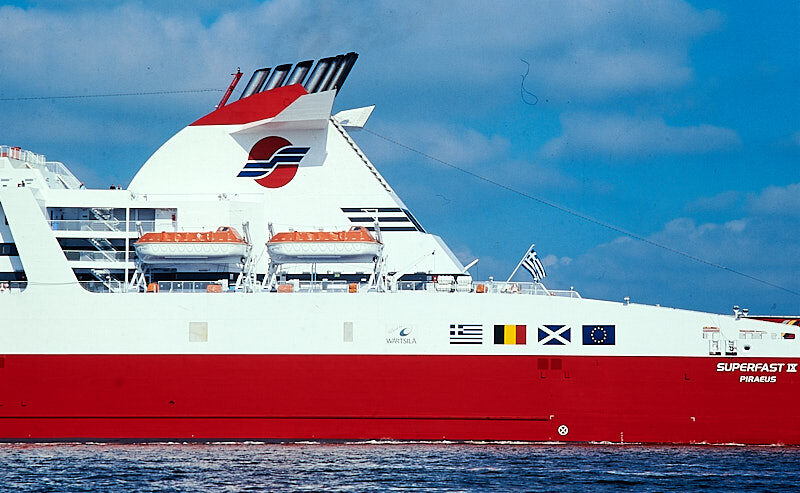Mathieu Girardin appointed Head of Ferry Division and succeeds Peder Gellert Pedersen who retires on 1 August 2022.
Mathieu Girardin, a French national born in 1982, is currently Senior Vice President at CMA CGM, one of the world’s largest shipping and logistics companies, for Short Sea Lines Europe and Containerships. He has held senior management positions at CMA CGM since 2013, including both operational and corporate responsibilities.
Mathieu Girardin graduated from ESCP Europe (Master’s in Management) in 2005 and from INSEAD (Executive MBA) in 2018.
Mathieu Girardin succeeds Peder Gellert Pedersen, Head of Ferry Division and EVP, who will retire after 28 years with DFDS.
“Peder Gellert Pedersen has been instrumental in developing DFDS into one of Europe’s leading ferry companies. It has been a great pleasure and privilege for me to work alongside Peder since 2009,” says Torben Carlsen, CEO of DFDS.











